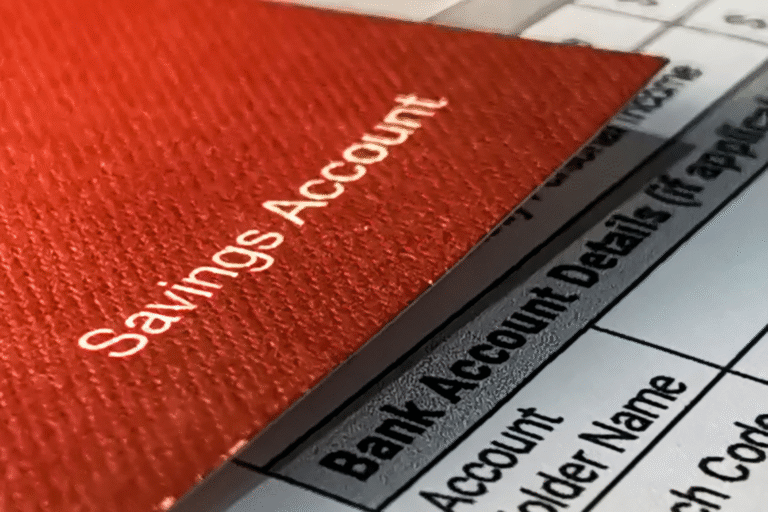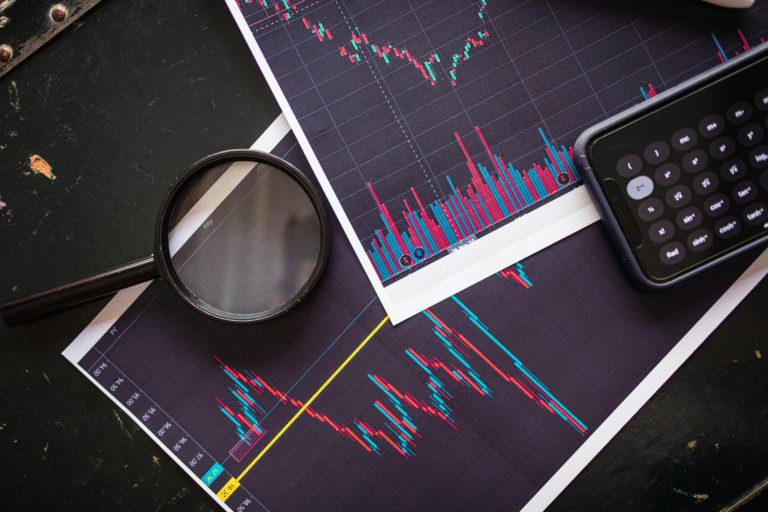Best crypto investing tips for beginners: A guide for 2025
Crypto investing tips for beginners
In the U.S, cryptocurrency has evolved from a niche interest into a prevalent investment choice. Now that Bitcoin, Ethereum, and other digital assets are relatively well recognized, many Americans are considering cryptocurrency as a part of their investment portfolio.
However, if you are a newcomer to cryptocurrency investing, you may find it to be intimidating. The volatility of cryptocurrency prices, the associated technical jargon, and the endless news cycle can leave the impression that you are completely out of the loop.
This article is meant to outline cryptocurrency investing tips for beginners in 2025, detailing simple next steps so you can feel more at ease as you begin your cryptocurrency investment journey.
Why invest in cryptocurrency?
Before getting into the strategies, it is worth considering why invest in cryptocurrency at all?
- Possibility of high returns – Certain cryptocurrencies, especially early movers, have experienced substantial growth.
- Diversification – Crypto markets do not always move in the same direction as stocks or bonds.
- Exposure to innovation – Many digital assets represent new emerging technologies, such as decentralized finance (DeFi) or Web 3.
- Hedge against inflation – Bitcoin, also known as “digital gold”, is considered a store of value by some.
Start with the basics: Learn before you invest
Education is the best tool you have, as crypto investments come with unique risks (and opportunities), from any kind of traditional investment.
- Understand the blockchain: The technology used to power all cryptocurrencies.
- Understand coins vs tokens: Bitcoin and Ethereum – these are coins, while tokens typically run on existing blockchains.
- Understand volatility: A cryptocurrency could swing +/- double digits in a single day.
Tip: Read starter books, listen to trusted podcasts, or join U.S.-based communities around crypto to stay up-to-date.
Choose a reliable exchange
Your first step in purchasing crypto is to select a crypto exchange. In the U.S., you should consider the regulatory environment you’re in and find a reputable exchange.
What to look for in an exchange:
- Reputation – In the U.S., you can think of established establishments such as Coinbase, Kraken, and Gemini – these are typically trusted brands.
- Security – you could consider looking for two-factor authentication, cold storage, and or insurance coverage.
- Ease of use – a platform that’s easy to start with for beginners is intuitively easy to use.
- If you are more wary, you can usually access support to be more transparent.
- Regulatory – how much does it comply with U.S. law of financial services and regulations?
Start small and invest what you can afford to lose
Crypto is still a growing market. Price swings can be dramatic, so don’t invest money needed for rent, bills, or emergencies.
- Your initial test investment could be anywhere from $50–$200.
- You will want to focus on the top cryptocurrencies such as Bitcoin (BTC) and Ethereum (ETH) before exploring smaller altcoins.
- And remember, crypto should only make up a small portion of your overall portfolio.
Diversify your crypto holdings
As with stocks, diversification helps reduce risk.
- Bitcoin – The most reputable, established, and widely adopted.
- Ethereum – Powers decentralised applications and smart contracts.
- Stablecoins – Pegged to the U.S dollar (USDC is an example of one), which gives stability during times of volatility.
- Other altcoins – Evaluate with thorough research, but be careful not to expose yourself to too many.
Use dollar-cost averaging (DCA)
Dollar-cost averaging is one of the most risk-mitigating ways to invest for first-time investors.
- This means that you commit to investing a fixed amount on a regular schedule (for example, $50 or $100 on a weekly, biweekly, or monthly basis).
- DCA can also help prevent you from buying at the market peak.
- Many exchanges in the United States offer automated recurring purchases as an option.
Store your crypto safely
Owning crypto means you are responsible for your assets, so don’t leave everything sitting on the exchange, and consider the risks.
Storage options:
- Hot wallets: Mobile apps you use to connect to the internet. These are easier to access but less secure.
- Cold wallets: Dedicated hardware devices like Ledger or Trezor, which provide the highest level of security.
- Custodial services: exchanges or brokers hold your crypto on your behalf. Make sure you only use reputable services.
Important Note: If you own more than a few hundred dollars in cryptocurrency, a hardware wallet offers peace of mind.
Avoid common beginner mistakes
Crypto investing is a different kind of investing and will require learning along the way. Here are things to avoid:
- Chasing hype – Don’t invest a coin or tokens simply because everyone else is doing it on Twitter or other social media platforms.
- Overtrading – Buy and sell fees will quickly add up. In addition to the fees, stress isn’t worth it.
- Ignoring fees – know that some exchanges charge a much higher spread than you thought.
- Not having an exit strategy – plan ahead of time for when you plan to take profits and/or losses.
Keep an eye on taxes
In the U.S., the IRS categorizes cryptocurrency as property, not as a currency. This means that any trade, sale, or even swapping one crypto for another can count as a taxable event.
- If you earn a profit from selling the crypto, you may be liable for capital gains tax.
- If you held the asset for more than one year, you’re eligible for lower long-term capital gains rates. This could be beneficial when determining your final tax liability.
- Use tax software like CoinTracker or Koinly to track your records.
Stay updated, but filter information
Crypto is a fast-moving market, and news happens fast—prices can shift on a dime.
- You can follow reliable crypto news sources in the U.S., such as CoinDesk, The Block, or Bloomberg Crypto.
- Steer clear of groups promoting pump-and-dump schemes or guaranteed profits.
- Keep an eye on regulatory news as U.S. laws are still evolving.
Think long term
If you are just starting, one of the best strategies is often simply to buy and hold a quality project, as opposed to making trades in an attempt to capitalise on quick gains.
- Many of the noteworthy investors in crypto in the U.S. simply adopted a “HODL” way of investing—holding onto Bitcoin or Ethereum for three or so years.
- Ultimately, focus on fundamentals as opposed to short-term speculation.
- Remember: wealth in crypto is typically built; it takes time and will not be made in an instant.
Pros and cons of crypto investing
Pros
- Potential for significant appreciation
- Asset diversification
- Early access to new technology
- Global availability and trading all day, every day
Cons
- Soaring valuation
- Unclear regulation
- If not handled properly, your funds can be at risk
- Complicated tax treatment in the U.S.
FAQ’s
Is crypto safe for beginners in 2025?
If you start slow, use trustworthy exchanges, and establish proper safety measures, yes. It’s riskier than stocks, yet if you work within risk parameters, it will be manageable.
Which crypto should I buy first?
Most beginners in the U.S. will purchase Bitcoin (BTC) or Ether (ETH), as these two have been established the longest.
How much should I invest?
Only invest what you can afford to lose. This is generally 1%-5% of your total portfolio.
Can I make quick money with cryptocurrencies?
Some do, but most will lose when trying to chase short-term returns. As a beginner, think about investing for the long term.
Conclusion
In 2025, there are many great opportunities for US beginner investors in crypto, but there are risks involved. The best thing to do is to educate yourself, start with small amounts, diversify your investment, and hold for the long term. With investment methods like dollar-cost averaging, safe storage of your crypto, and adopting a long-term viewpoint, you will develop a stable foundation within the digital asset investment universe.
Keep in mind: seek out opportunities in crypto investments, but use the asset category as part of a larger plan. When utilized appropriately, it will be a cutting-edge way to invest and diversify your current investment portfolio to help you plan for the future.







